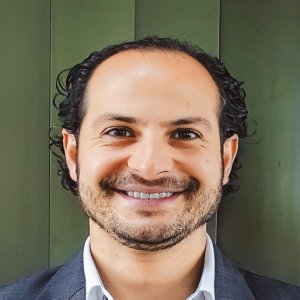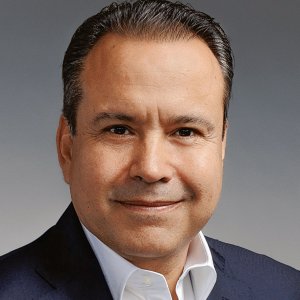Foreign-Market Experience Boosts Local Success

STORY INLINE POST
Q: What specific elements position PowerChina as a reference in developing hydroelectric projects in Mexico?
A: Sinohydro entered Mexico as a subsidiary of PowerChina in 2014. In 2016, the group restructured as PowerChina Construction Group, integrating Sinohydro, Hydrochina, SEPCO1, Hypec International and SEPCO3 as subsidiary brands. Today, the group posts more than US$55 billion in yearly turnover with more than 40 percent overseas and more than 230,000 employees worldwide, present in 116 countries. PowerChina is today among the world’s top construction leaders in the energy and infrastructure sectors. In Mexico, PowerChina has consolidated its position in the energy arena, particularly though its deep collaboration with the company’s main client, CFE.
Since 2014, PowerChina has signed four projects in Mexico. First was CFE’s 240MW Chicoasén II hydroelectric plant, which we won in consortium with Omega Construcciones Industriales, Desarrollo y Construcciones Urbanas S.A de C.V. (DYCUSA) Desarrollo y Construcciones Urbanas S.A de C.V. and Caabsa in January 2015. Second came the transmission line construction contract with CFE, worth US$35.83 million and set to be operational by 2020. Third, a private industrial development project and fourth, the 375MWp Pachamama PV park from the third long-term electricity auction.
Q: What is your assessment of Mexico’s potential for hybrid power plants mixing hydroelectric with PV and wind power?
A: Mexico is an attractive country for companies involved in the energy sector because it has diverse and potential opportunities to use hybrid processes for power generation purposes. This is one reason why Mexico is a high priority for PowerChina. Despite the opportunities, Mexico is a complex market that requires more openness and willingness from the government and the industry to boost the development of the sector. If the players involved find new schemes on which to collaborate, the energy industry could develop exponentially.
PowerChina has sought to create protocols in coordination with CFE to develop future energy projects under improved policies that aim to make them feasible, optimizing their performance, operation and benefits. The company nurtures a close relationship with CFE to ensure its services provide an added value to the commission and the energy industry. The array of services we can provide to the productive enterprise of the state includes the design and engineering required to develop the project jointly, supporting and seeking for the potential financing structure required to implement until its construction and commissioning.
Although PowerChina is a construction company at its core, we are exploring the opportunity to enter the niche of private equity in Mexico and to collaborate with international banks to obtain commercial funds that would be used to finance viable projects with CFE. We are looking for Mexican partners to provide us with engineering and construction services to keep PowerChina’s competitive prices attractive to the sector.
Q: Where is Sinohydro’s room for growth in Mexico in the near term?
A: At the PowerChina America level, five years ago we were billing US$500 million and today we are over the US$2 billion mark. At the level of Sinohydro in Mexico, in 2014, our portfolio of projects was valued at approximately US$200 million and the goal for our Mexican portfolio is to grow three times what we have now in less than five years. So, the vision and the objectives that Sinohydro has in Mexico is very clear. Two key factors will help the company to achieve this goal: the first one, being the management and organizational structure of the group that allow PowerChina to work efficiently and to become a competitive actor in the construction sector at Mexico, and on the other hand, the possibility of supporting any financing structure, from equity to long-term senior debt, allowing the implementation of projects on a basis of publicprivate partnership that the Mexican market is looking for such significant infrastructure projects.
























